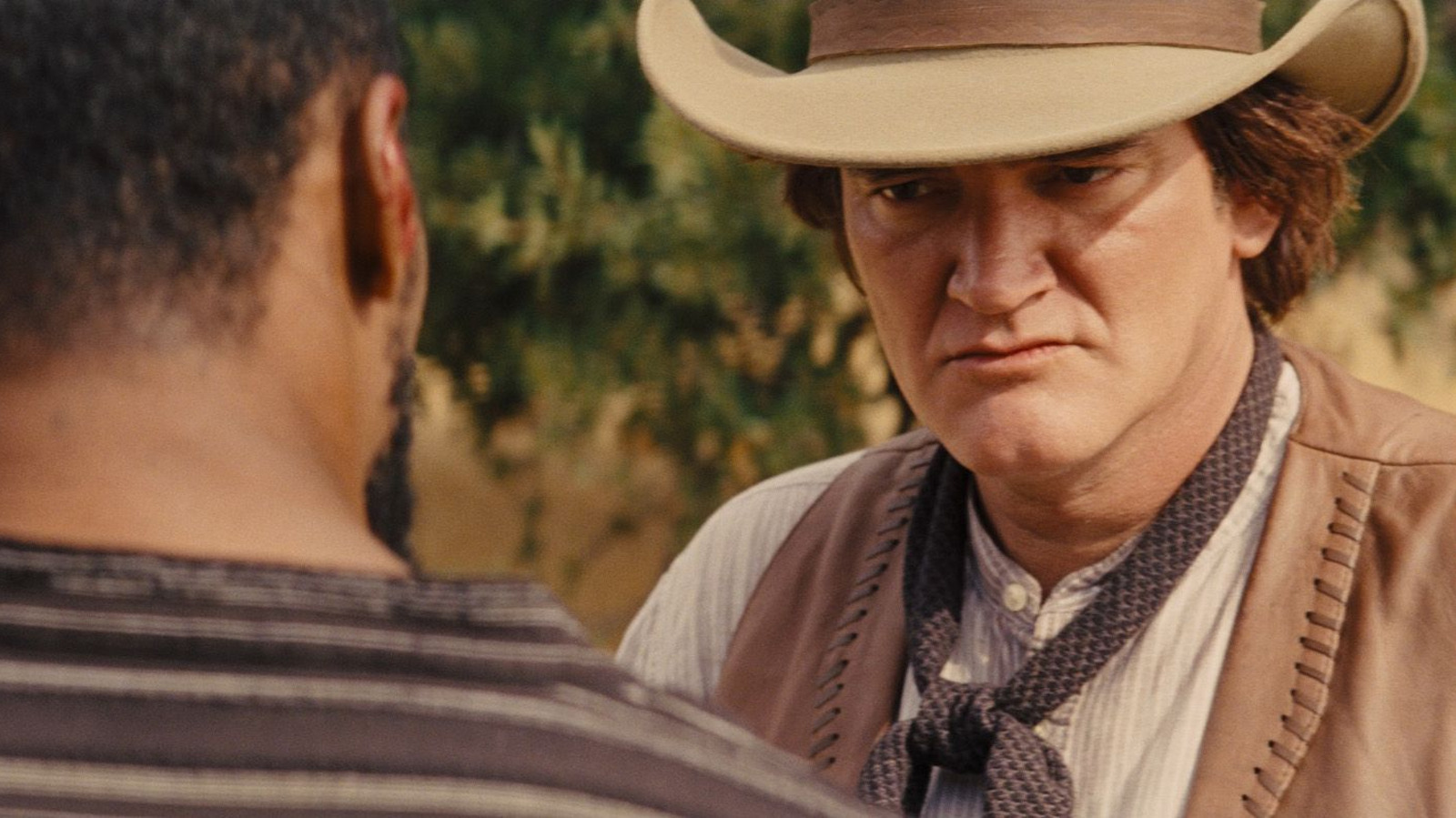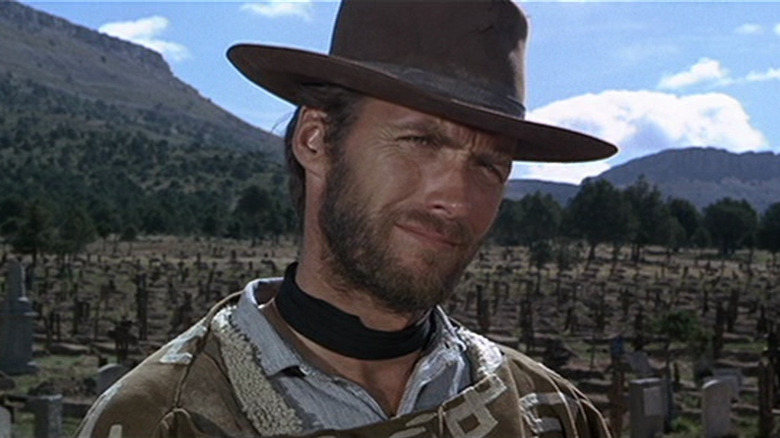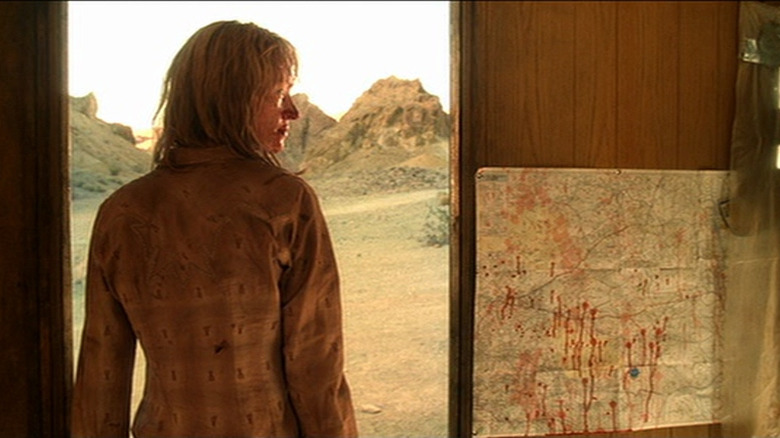Writer and director Quentin Tarantino is a well-known true-blue cinephile, a deeply devoted fan of films from a variety of genres and eras. He’s a fan of everything from sleazy grindhouse exploitation films to classic westerns like the films of Howard Hawks, and he wears his influences loudly and proudly in his own films. So when asked about his favorite films of all time, he has different answers depending on how he feels. (Honestly, relatable!) There is one movie that he claims to always include in his favorites, however, and he’s been pretty effusive about his love for it on more than one occasion.
In an interview with The Talks, Tarantino shared his favorite three films (at that particular moment) and explained that even though two of his top three might shuffle around, he will always feel the need to share his love for the Sergio Leone spaghetti western “The Good, The Bad and The Ugly.” The influences of Leone’s film are all over Tarantino’s work, from his own Westerns like “Django Unchained” and “The Hateful Eight” to the bloody revenge saga “Kill Bill,” so his appreciation for it is really no surprise.
Quentin Tarantino always includes The Good, Bad and the Ugly
In the interview, Tarantino elaborated on his favorite films at the moment, which included “Abbott and Costello Meet Frankenstein” and “Taxi Driver,” but then he ended it with ” And the last movie, as I always say, is ‘The Good, the Bad and the Ugly.'” On an episode of Bill Maher’s “Club Random” podcast, Tarantino also said that the greatest trilogy of all time was Leone’s “Dollars” trilogy, of which “The Good, the Bad and The Ugly” is the final film. (The first two movies are “A Fistful of Dollars” and “For a Few Dollars More.”) Leone’s trilogy has had a large influence on not only Tarantino’s films but pop culture as a whole, with star Clint Eastwood joining Western movie regular John Wayne as one of the all-time great western heroes (well, antiheroes) because of it.
Leone helped create the spaghetti Western, a much grittier, bloodier Western than the American films that came before. Spaghetti Westerns were called that because Leone and the other directors of the subgenre, like Sergio Corbucci and Enzo Barboni, were all Italian, and the films were filmed mostly around Italy. The subgenre has made its impact on several of Tarantino’s films, most notably with Corbucci’s “Django” and Tarantino’s “Django Unchained,” but there are some smaller and more subtle nods as well.
The Blood-spattered Bride has western roots
Tarantino’s two-part epic saga, “Kill Bill,” is fascinating because it draws from 1970s revenge films from all over the world. The first movie pulls heavily from Japanese exploitation films like “Lady Snowblood” and “Female Prisoner Scorpion,” while the second primarily pays homage to the kung fu cinema of Hong Kong and, you guessed it, spaghetti Westerns. The soundtrack includes music by Ennio Morricone, who provided the score for Leone’s Westerns, and much of the cinematography and editing reflect the same visual ideals as Leone’s films. Extreme close-ups, drawn-out shots of the landscape, and quick zooms are all a part of the flavor, and it makes “Kill Bill: Volume 2” feel like a modern part of spaghetti Western canon. (Tarantino would also work with Morricone on “Django Unchained” and “The Hateful Eight,” and had plans to work with him again on his final film before Morricone passed away in 2020 at the age of 91.)
Tarantino fans who haven’t seen Leone’s films, especially “The Good, The Bad and The Ugly” should definitely try and make the effort to check them out. It makes Tarantino’s work all the richer, and besides — it’s an incredible film.


